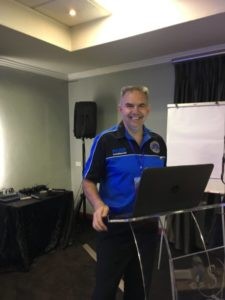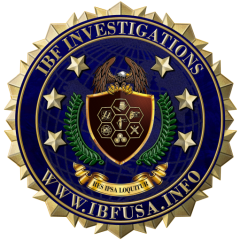
Stan Bezuidenhout is a forensic specialist in road accidents and the founder of IBF Investigations, which employs drones for accident reconstruction and investigation. IBF is an independent team that provides expert analysis of crash scenes for law enforcement agencies, the Department of Justice, and insurance companies. After years of experience and analyzing thousands of crashes, Bezuidenhout has concluded that smaller and simpler tools are more effective.
According to Bezuidenhout, crash investigation is a complex process. His organization, IBF Investigations, follows a 124-point protocol to ensure that all evidence is collected at the scene of an accident. On average, a standard investigation results in 200-250 photographs per vehicle because every crash scene has the potential to be a crime scene. Bezuidenhout acknowledges that it is impossible to predict what will happen in court or if an accident will become a criminal case. Factors such as airbag deployment, seatbelt usage, drug use, and environmental conditions must all be considered during the investigation.
Bezuidenhout emphasizes the importance of handling the scene of a crash properly to ensure that the incident can be prosecuted in court. He points out that there is no room for minimizing the severity of a crash by using words like “only” or “just,” as every crash is significant and must be treated as such. He also prefers to use the term “crash” instead of “accident” to avoid downplaying the severity of the incident.
In the context of crash scene investigation, Bezuidenhout identifies measuring and drawing of scenes as the most significant challenge. Despite his extensive experience in investigating thousands of crashes, he reports that he has only seen one scene that was drawn correctly. Bezuidenhout emphasizes the importance of proper scene handling and notes that even seemingly minor incidents cannot be disregarded, as every crash scene has the potential to become a criminal case.
“A very small percentage of individuals possess the ability to view a crash scene from an aerial perspective,” notes Bezuidenhout.
Previously, Bezuidenhout’s team used 3D laser technology for actual measurements at crash scenes, but he found it to be an expensive and problematic solution. The process involved multiple experts and sometimes took upwards of three hours, which was an unacceptable length of time. “Do what you have to do, do it quickly, and leave,” says Bezuidenhout. “You can’t keep the roads closed for long periods.”
In the opinion of Bezuidenhout, small and inexpensive drones provide an optimal solution. He emphasizes that investigators should be forensic crash specialists, not drone specialists, and that simpler is better. Despite having tried more complex and expensive equipment, his team has found that smaller and simpler equipment is best suited for their needs. Presently, the team is using a DJI Mavic, which offers collision avoidance, 4k video, and a 10 km range, though Bezuidenhout states that such features are unnecessary. He notes that the team never exceeds a 500 m range, he himself never flies beyond 100 meters, and that he doesn’t require more than 10 minutes to fly. If more time is necessary, he believes that the case is too complicated to be approached in this way.
“We do not require a point cloud as it is inadmissible in court. The evidence presented needs to be simplified for the judge and jury to understand.”
In keeping with a philosophy of simplicity, compactness, and ease of transport, the IBF team has achieved great success in efficiently completing their work. The team has a well-established track record of presenting their findings effectively in court, and they have clearly defined the tools and methodologies necessary for their success. Bezuidenhout’s use of a consumer drone with intuitive controls has made the use of drones at crash scenes accessible, demonstrating the practical applications of this rapidly expanding technology in a variety of settings.
